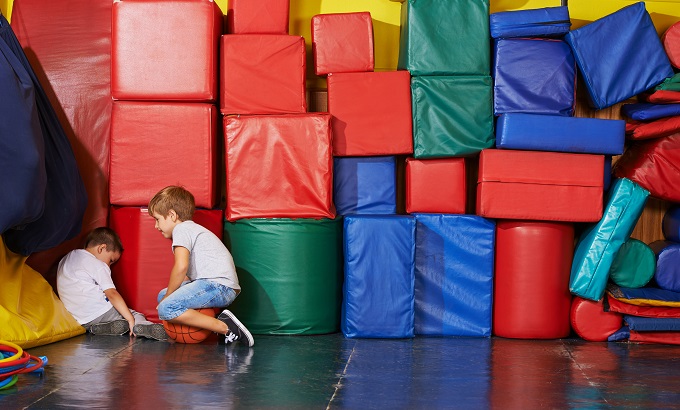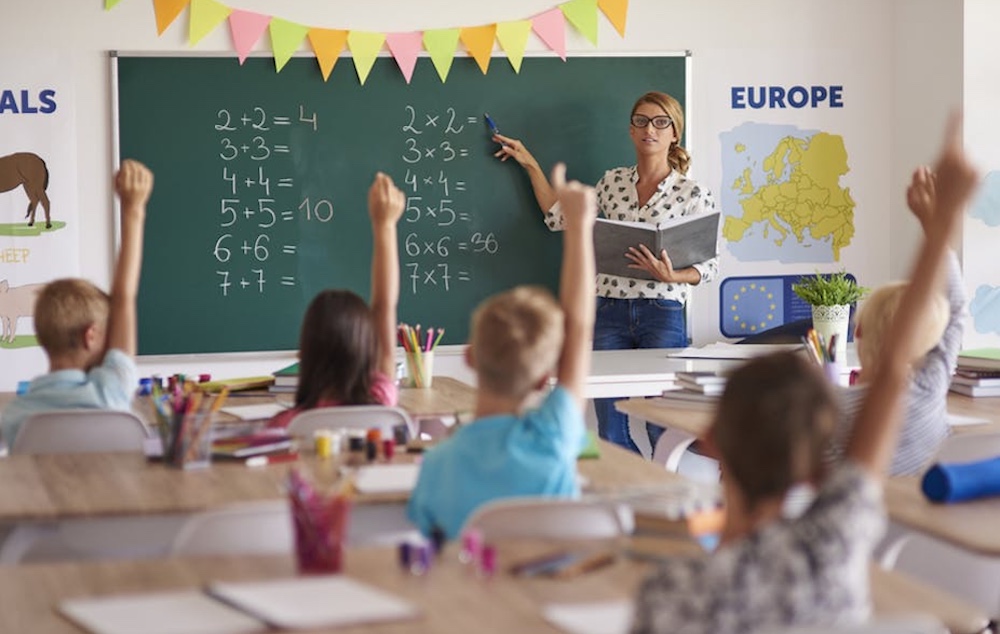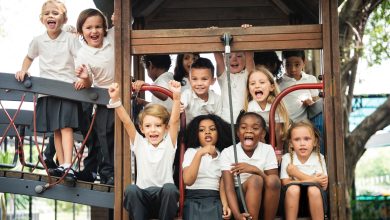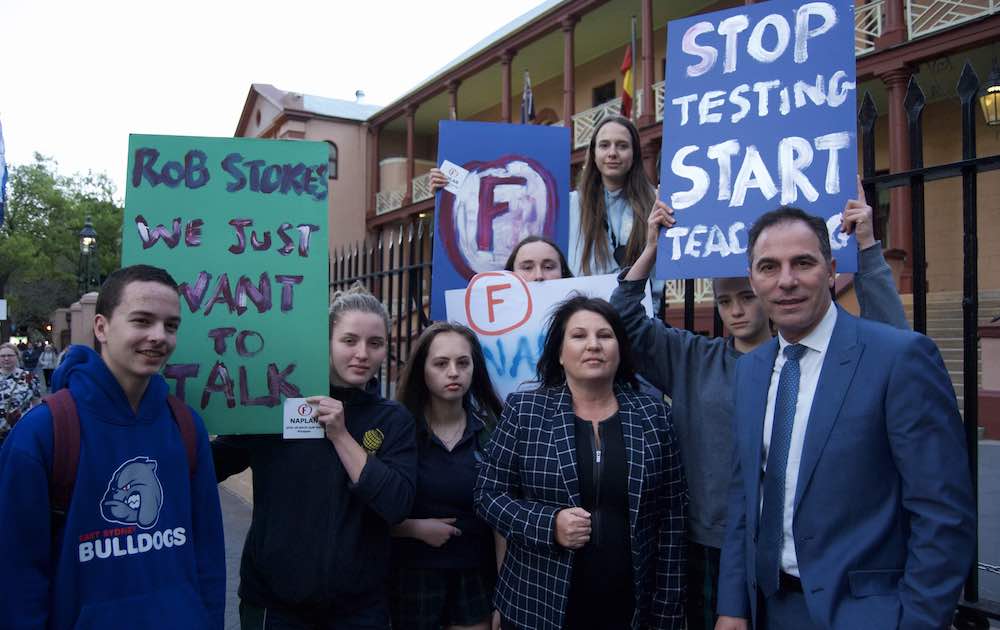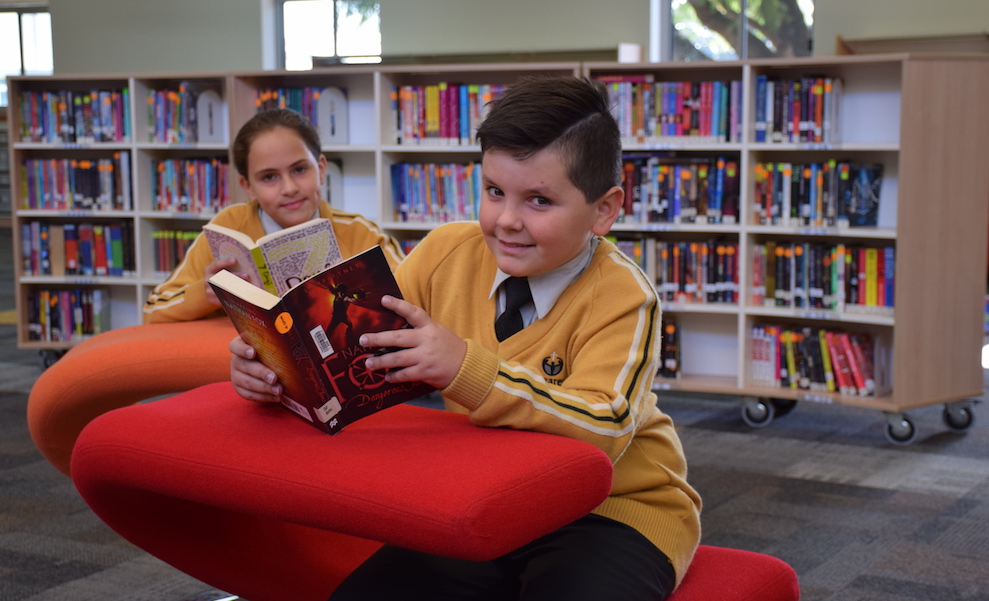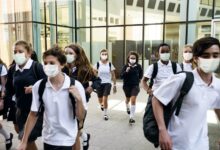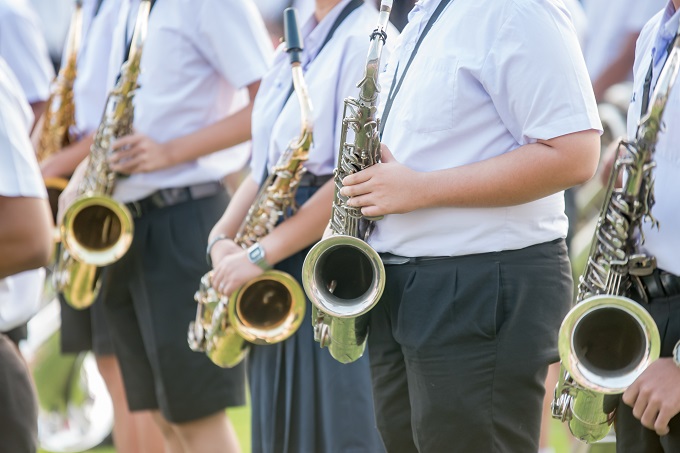
Giving children an instrumental music education can be expensive.
In addition to purchasing an instrument and paying the cost of music lessons, parents invest their time by encouraging practice, attending recitals and driving their child to and from lessons. Parents rightly want value-for-money and confidence that their child’s teacher employs an evidenced-based, proven teaching method.
There are numerous approaches to teaching music, each with its own philosophy and history. To a parent looking to make an informed choice about music lessons, the options can be befuddling. But given the research highlights parental involvement as an important component for a successful music-learning experience, developing an understanding of the teaching method is vital.
One method that polarises the music education community is Shinichi Suzuki’s (1898-1998) “talent education” (saino kyoiku), commonly known as the Suzuki method. It was first conceived as a system for teaching the violin. The Suzuki method arrived in Australia in the early 1970s and was quickly applied to a variety of instruments.
Research highlights a range of positive outcomes for children learning how to play an instrument via the Suzuki method. It also shows Suzuki is not the only method that works. While the degree of parental involvement may mean Suzuki is not right for every family, the caring learning environment it encourages is one worth emulating.
What is the Suzuki method?
1. Talent is no accident of birth
The Japanese word saino has no direct English translation and can, in context, mean “talent” or “ability”. Shinichi Suzuki believed talent is not inherited, and any child could excel musically, given the right learning environment.
Today, advocates of the method continue to echo Suzuki’s idea that “the potential of every child is unlimited”, and caring learning environments help children unlock that potential.
2. All Japanese children speak Japanese
Suzuki credited the development of saino kyoiku to the realisation the vast majority of young children naturally and easily develop language skills. By examining the experiences that facilitate language development (including listening, imitation, memory and play), Suzuki devised the “mother-tongue” method for early childhood music education. Children can begin their music education from birth through listening, and can start learning an instrument from as young as three years old.
In contrast to some Western approaches to music teaching, reading music notation is not prioritised and is delayed until a child’s practical music ability is well established. In the same way a child generally learns to talk before learning to read, students of the Suzuki method start by listening to and imitating music rather than sight reading sheet music.
3. Character first, ability second
Taken from the motto of the high school Suzuki attended until 1916, “character first, ability second” is the overriding aim of the Suzuki method. In saino kyoiku, music learning is a means to an end: students are taught an instrument to facilitate them becoming noble human beings.
Some students of the Suzuki method have undoubtedly progressed on to a career in music. But creating professional musicians and celebrating child prodigies or virtuosos is not a priority of the method.
4. The destiny of children lies in the hands of their parents
The Suzuki method requires a major contribution from a parent and a home environment that wholeheartedly embraces the child’s music-making. A parent needs to participate in formal lessons, record instructions from the teacher and regularly guide and monitor practice at home.
The learning process is a three-way relationship between the child, the parent and the teacher. The parent becomes a “home teacher” who helps their child develop new skills, provides positive feedback and guides the content and pacing of practice sessions. The benefit of having a parent-mentor at home is the feature that sets Suzuki apart from other teaching methods. The parent can greatly regulate time spent practising and what they do during practice.
Some music teachers have criticised the Suzuki method for teaching children to a high level at an earlier age than usual, for an over-reliance on rote learning, for robotic playing, for a focus on classical music, and for a lack of engagement with music notation and improvisation.
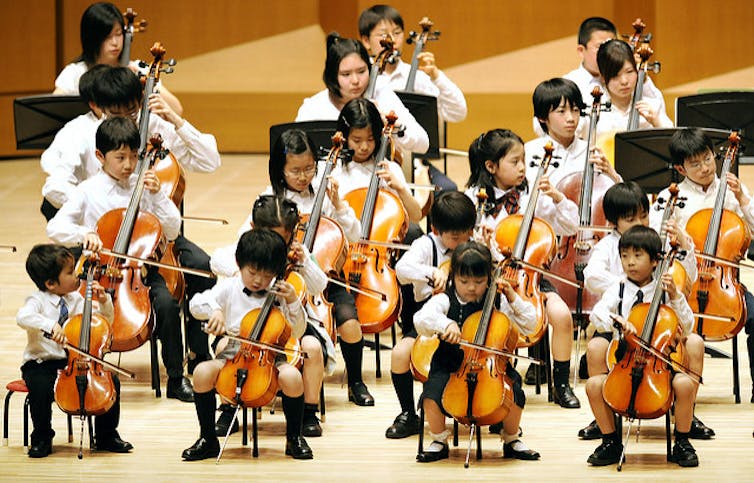
What does the research say?
The research into music education supports many aspects of the Suzuki method. For example, one study that sought to compare different modes of parental involvement in music lessons found a clear benefit from parental involvement. This benefit was not limited only to the Suzuki method. The message from this study is: the more interested the parent, the better the learning for the child.
Another study compared Suzuki’s approach to teaching rhythm with the BAPNE method (Body Percussion: Biomechanics, Anatomy, Psychology, Neuroscience and Ethnomusicology). The study concluded both methods had merit and should be integrated.
A recent thesis from the University of Southern Mississippi compared the Suzuki method with the method of its fiercest critic, the O’Connor method.
The O’Connor method is an American system where a set of music books are sold to teachers and students, and training to accredit teachers. These books are tailored to different levels of ability.
This method is less focused on parental involvement in teaching and the selection of music is more geared towards American music. The study found the two approaches could both be effective and shared common aspects related to technique, expression and the mechanics of learning the violin.
The thesis does claim the O’Connor method embraces a more diverse musical repertoire. But the modern Suzuki organisation says its teachers have more flexibility in incorporating different styles of music.
Finally, a study out of South Africa highlights ways the Suzuki method can be adapted for use in different cultural contexts. The authors examined the challenges associated with Suzuki’s requirement for high levels of parental involvement for orphans and children from low-income and single-parent families.
These challenges could be overcome by a community approach to music education. In a group learning setting, older and more advanced students mentored younger, less advanced students and provided the encouragement and guidance otherwise provided by a parent.
Some aspects of the Suzuki method remain steeped in controversy. There is no reliable evidence to support the idea that musical training improves character and a sizeable body of research contradicts the notion that genetics has no role in musical aptitude.![]()

